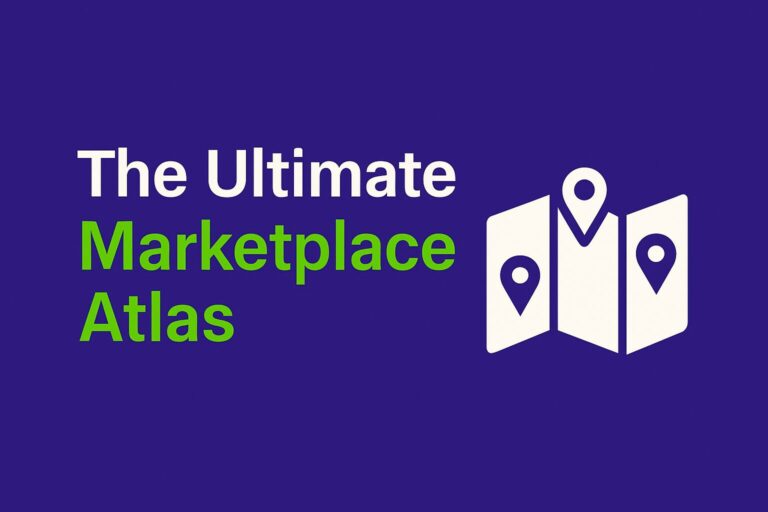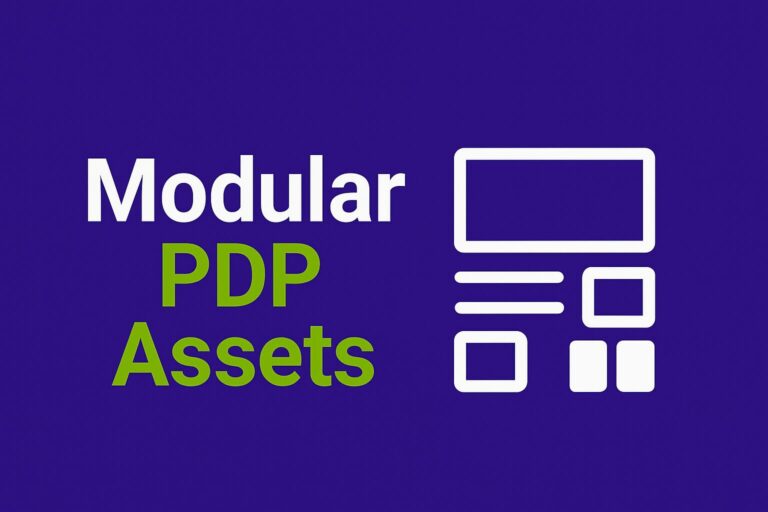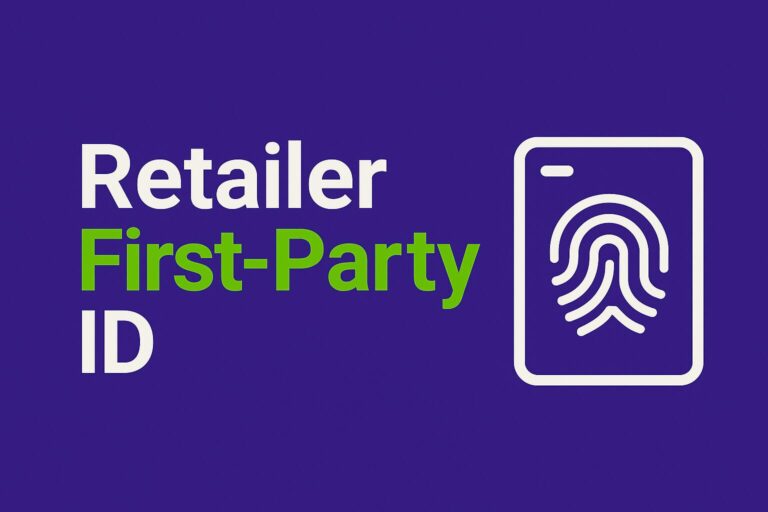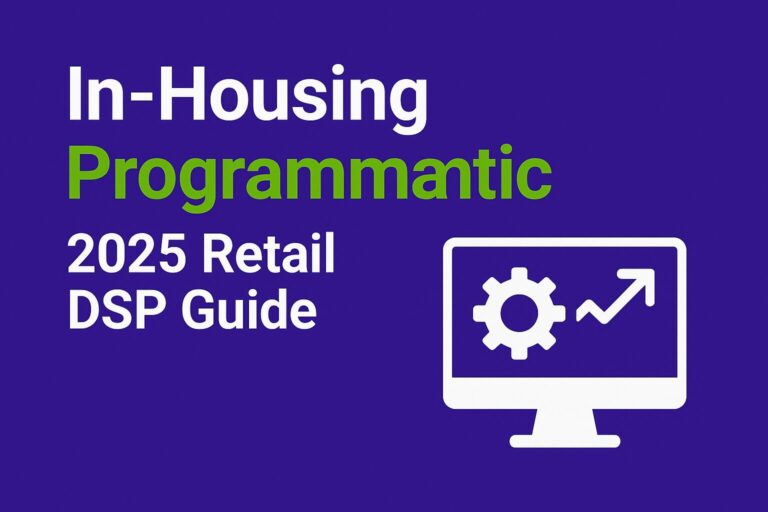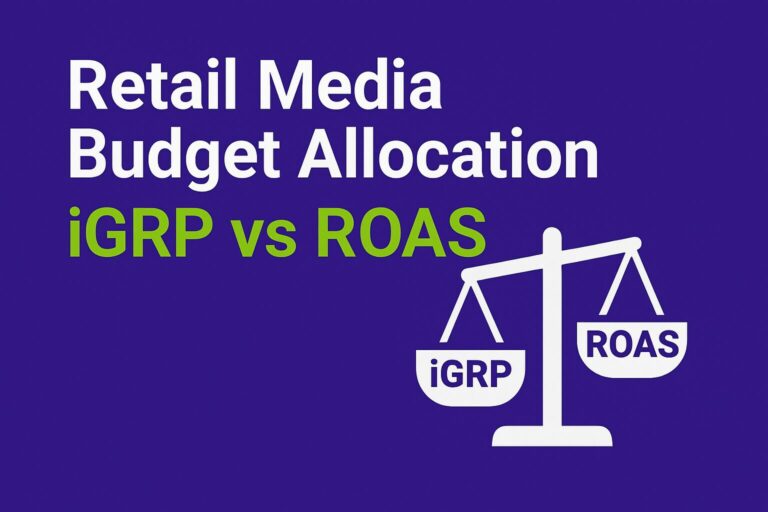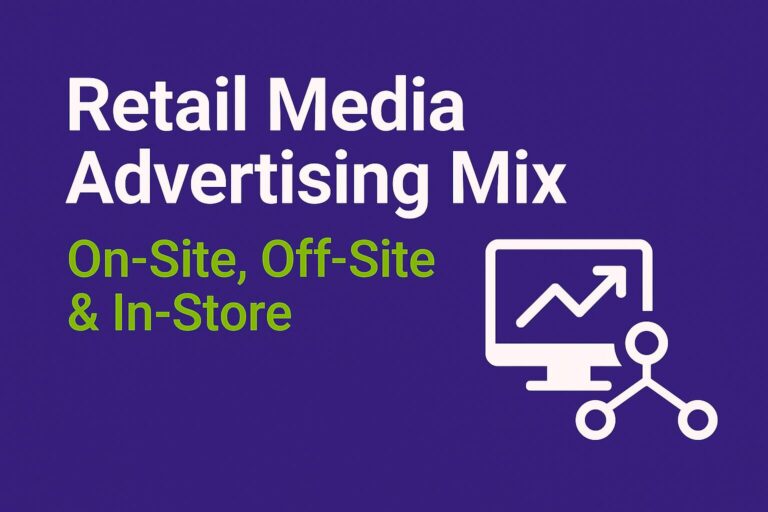Networking That Works: Conversations That Changed My Career
Networking That Works: Conversations That Changed My Career Read More »
Networking remains a cornerstone of career advancement in retail media. This article chronicles key conversations—from finding a mentor during a master’s program to cross-team collaborations—that accelerated professional growth. It also outlines strategies for forging and maintaining impactful connections. 1. Why Networking Matters in Retail Media Collaborative relationships fuel innovation and opportunity in a data-driven, fast-evolving […]



